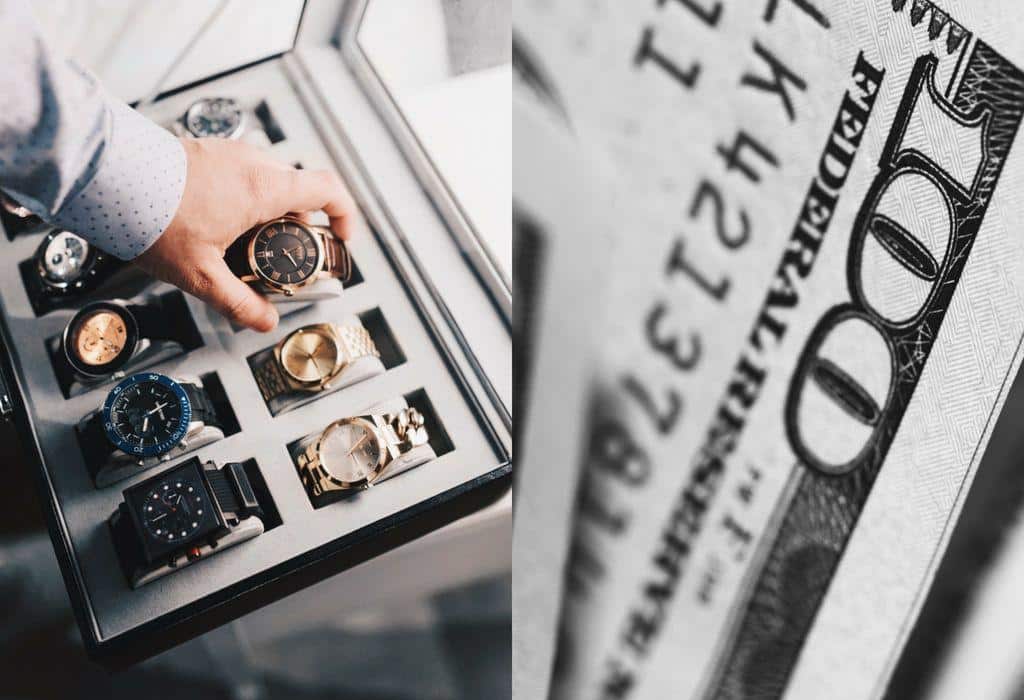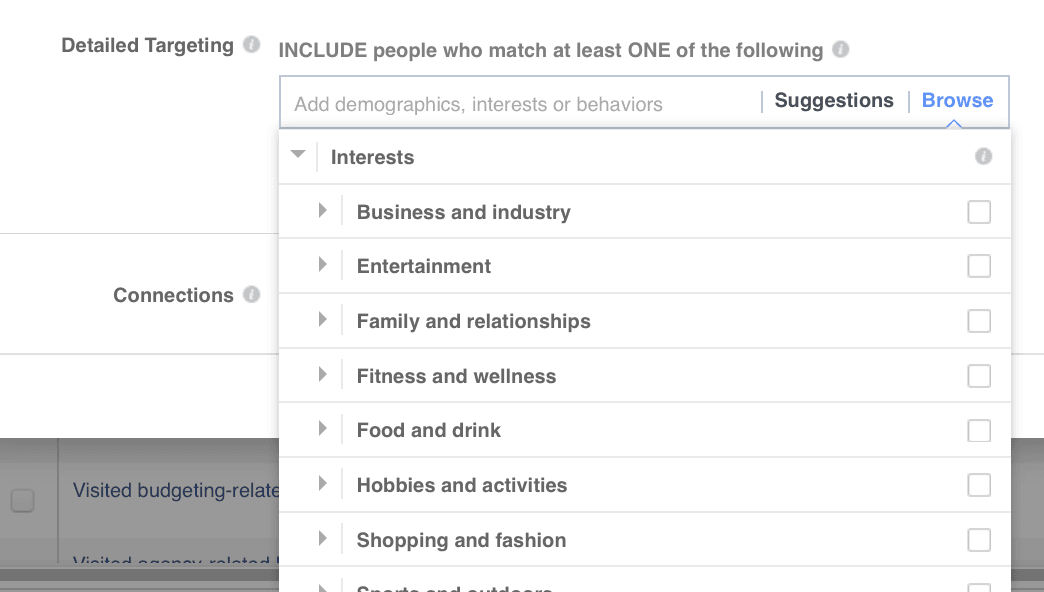What makes Louis Vuitton able to charge $3,000 a purse. Surely the craftsmanship and the time spent on design have helped them feel comfortable charging 6 times of a Kate Spade or Michael Kors purse, but there’s more as well – this post will give you the secrets that have helped luxury brands charge 2x up to 10x more than their competitors.
You might think it’s their locations – they’re located inside high-end malls and on busy thoroughfares – but I don’t think so.
Perhaps it’s their *expensive* advertising? But then again, many of these companies spend less than their competitors.
Here are 7 powerful strategies for marketing like a luxury brand
1. Scarcity – Make it clear that there are a limited number of items available.
When you go into a Louis Vuitton store, do you see 5 of every item? No – you see one, and they like it that way. Perhaps you don’t consciously think of it – but if you left the store and didn’t purchase the pink/purple scarf, there might not be another one in the back.
E-commerce stores use this principle all the time with “Only 3 left in stock” notifications.

2. Affluence – Pictures of customers enjoying your products or services should showcase people the wealthy would want to be like.
Do you want to be there?
Does the story you’re telling – position your brand as desirable by a high-end clientele? From extravagant parties to chandeliers – Coco Chanel’s Instagram page has a cohesive aesthetic and showcases people their ideal customers would want to be like. Sexy, fun, and affluent.

3. Consistency – Remove any product that isn’t 100% up to the standards of your brand.
Can you imagine spending 80k on a high-end Tesla, and getting a faulty display screen?
Quality assurance is a massive part of what allows luxury brands to charge more. If you have layers on layers of people checking to ensure the quality is up to your consistent standards, you’re much more likely to maintain a prestigious reputation. The percentage of perfection has to go up significantly every time the pricing range reaches into luxury goods territory.

4. Pricing – Consider what kind of quality you could offer if you doubled your price.
If you’ve chosen the high-end of the market as your goal – pricing has to be part of your strategy. It’s really another way of increasing ‘scarcity.’ If you were pricing a watch for instance, perhaps the components, labor, and distribution – are let’s say $300 total, but the $700-$1,500 range of watches is saturated. Using a combination of these other components to push up the perceived value, and yes – price, can set you apart.
What detail to the watch could you add, if you were to sell it for $5,000?
What level of service could you include?
What other elements to the business model could you add if you could sell it higher?
And – finally, and most importantly – how would this position the watch in the mind of the customer differently if they spent 5k and not $500 on your watch?

5. Social Proof – Showcase the line out the door.
When a shoe company like Nike or Yeezy puts out a new high-end pair of sneakers – and people are literally camping out to get the limited quantity, they are using the principle of ‘showcasing the line out of the door.’
The story opens at 8 a.m., and they’ve been building hype.
They’ll sell out in the first hour, and they’ve let people know that.

6. Pull off ‘cheap’, ‘free’, ‘affordable’, and other keywords like these from your Google and search ads.
This one is super tactical/practical – but it’s very easy to add ‘bargain shopper’ related keywords to your Google ads – and luxury brands and higher end of the price range companies should do this immediately so that they aren’t wasting their ad spend.

7. Know Your Audience – Target your ads based on income wherever it’s available.
Facebook has started to take down economic targeting like income, and house value – and it’s definitely harder to target these things now.
But… there are ways to get closer to people doing economically well – it just happens to be thinking about the pages, publications, and interests these people might have. So with Facebook, you’ll have to be creative about the types of things your ideal customer likes – but in general, if an ad platform offers economic targeting, luxury brands – and those that want to learn from them, will do well – to use that targeting when possible.

What’s the difference between a commodity and a luxury brand?
There’s too many of a commodity – they lay around, and get stacked on one another.
They’re always on sale – and often gathering dust.
A luxury brand on the other hand – is prized, and set on a pedestal. It’s that way because the creator, or the service provider that provides a high-end service, has created scarcity – manufacturing demand because they aren’t shilling their wares on every street corner.
Only the ones where their ‘IDEAL CUSTOMER’ is.
They know who that person is – and it’s not the cheapest bidder. If that person can’t pay full price – they’re invited to save up, get excited in anticipation (and even talk about their desire to buy to their friends.)
Window shoppers can be your biggest advocates, but you ruin it if you focus on lowering your price – instead of focusing on increasing the value of the product or service you provide.
















